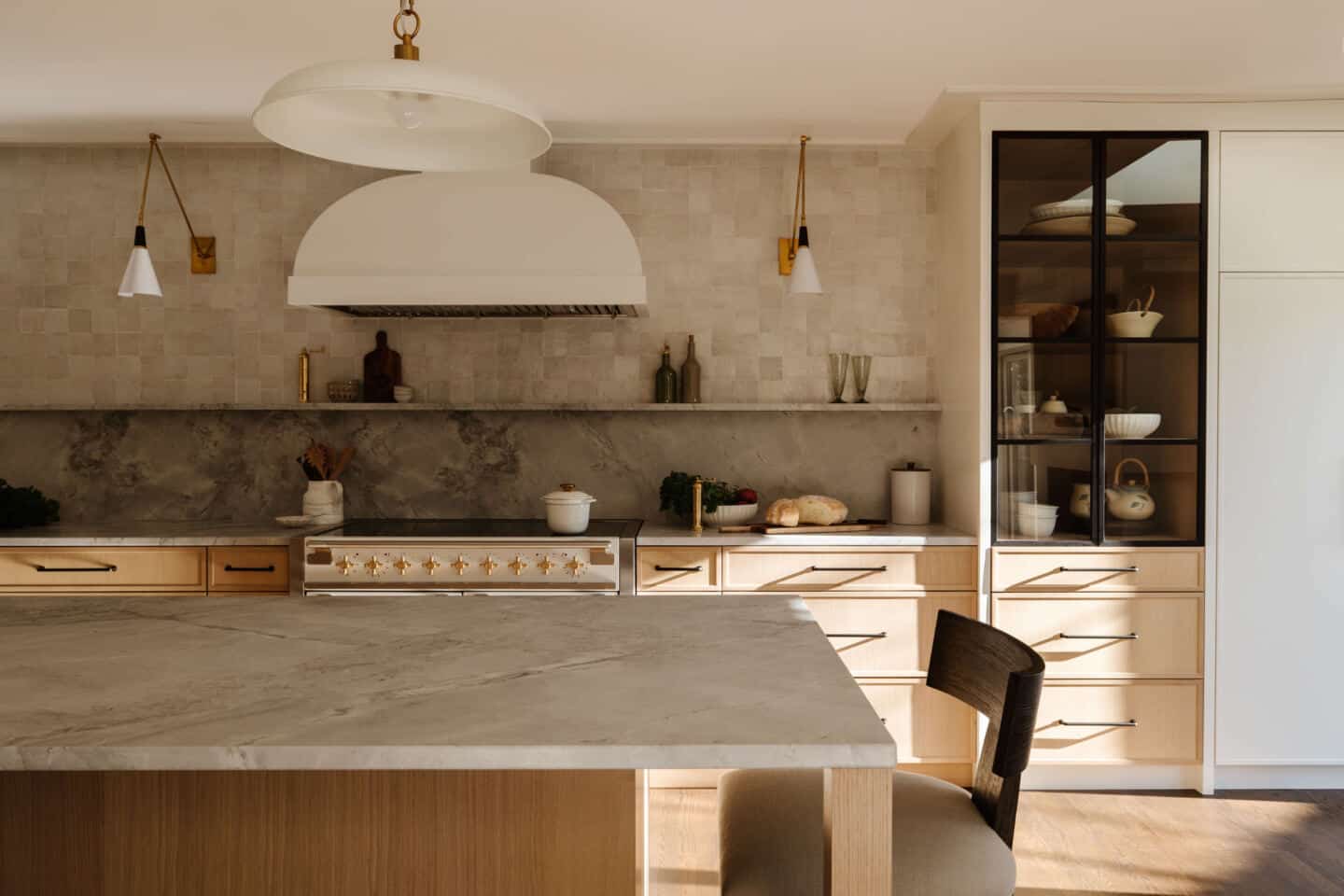
Interior design psychology has always fascinated me, even before I knew what it was, I was aware of it on a sub-conscious level, even as a kid. Have you ever walked into a space and immediately felt at ease? Like your nervous system was suddenly calm and your heart rate slowed and everything just felt calm and serene. In much the same way, you’ve probably also stepped into a room that made you feel restless, uncomfortable, or even a little overwhelmed. Maybe your heart rate rose and you took a sharp intake of breath and maybe your eyes squinted a little? It’s completely normal to have these kinds of reactions when you walk into a room and it’s not just a matter of personal preference. Psychology plays a huge role in how we experience our surroundings and our mood can be drastically affected by our surroundings. That means it is important to make considered design choices when decorating your home. Every design decision we make—whether consciously or unconsciously—will impact our overall wellbeing and influence our daily routines. So how can we make sure that the choices we make ensure we feel good at home?
The Psychology of Colour in Interior Design
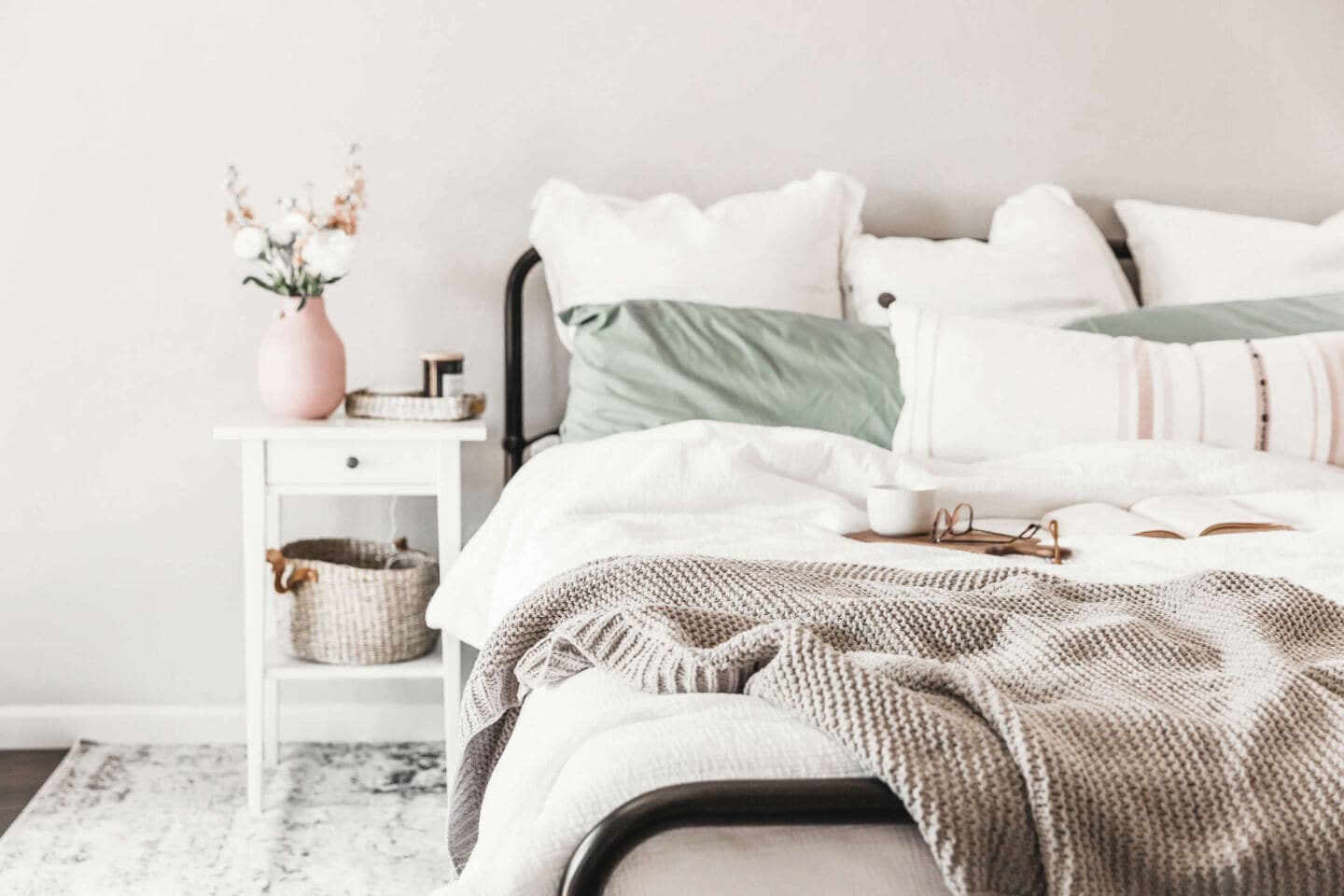
Colour is one of the most powerful tools at our disposal when it comes to our home design choices and colour psychology can explain a lot. It sets the tone of the room and can evoke specific emotions and feelings. This is why it is important to really think about how you want to feel in each room and what the intended use of the room is. One thing I learnt from Applied Colour Psychology Expert Karen Haller in the many interviews I have conducted with her over the years is that it is extremely important to consider what the room will be used for and how you want to feel in that room before choosing the colour.
Soft blues and muted greens for example create a sense of calm, making them great choices for rooms where you want to feel calm and relaxed like bedrooms or living rooms. On the other hand, rich reds and deep oranges exude warmth, energy, and passion so may not be quite as well suited for a bedroom. The same is the case for yellow which can negatively affect the quality of our sleep and leave us feeling irritable the next morning. In a home office, shades like warm terracotta or soft sage can help with focus and creativity and kitchens lend themselves to bolder choices, with deep blues, mustard yellows, or olive greens adding depth and personality. Neutrals can bring balance and versatility, but as Karen explained to me, too much grey can feel uninspiring, leaving a space feeling flat and lifeless and leaving you feeling drained and lethargic. Choosing the right colour is therefore about more than just aesthetics—it’s about creating the atmosphere that best supports how we want to live.
The Comfort of Texture and Its Impact on Well-Being
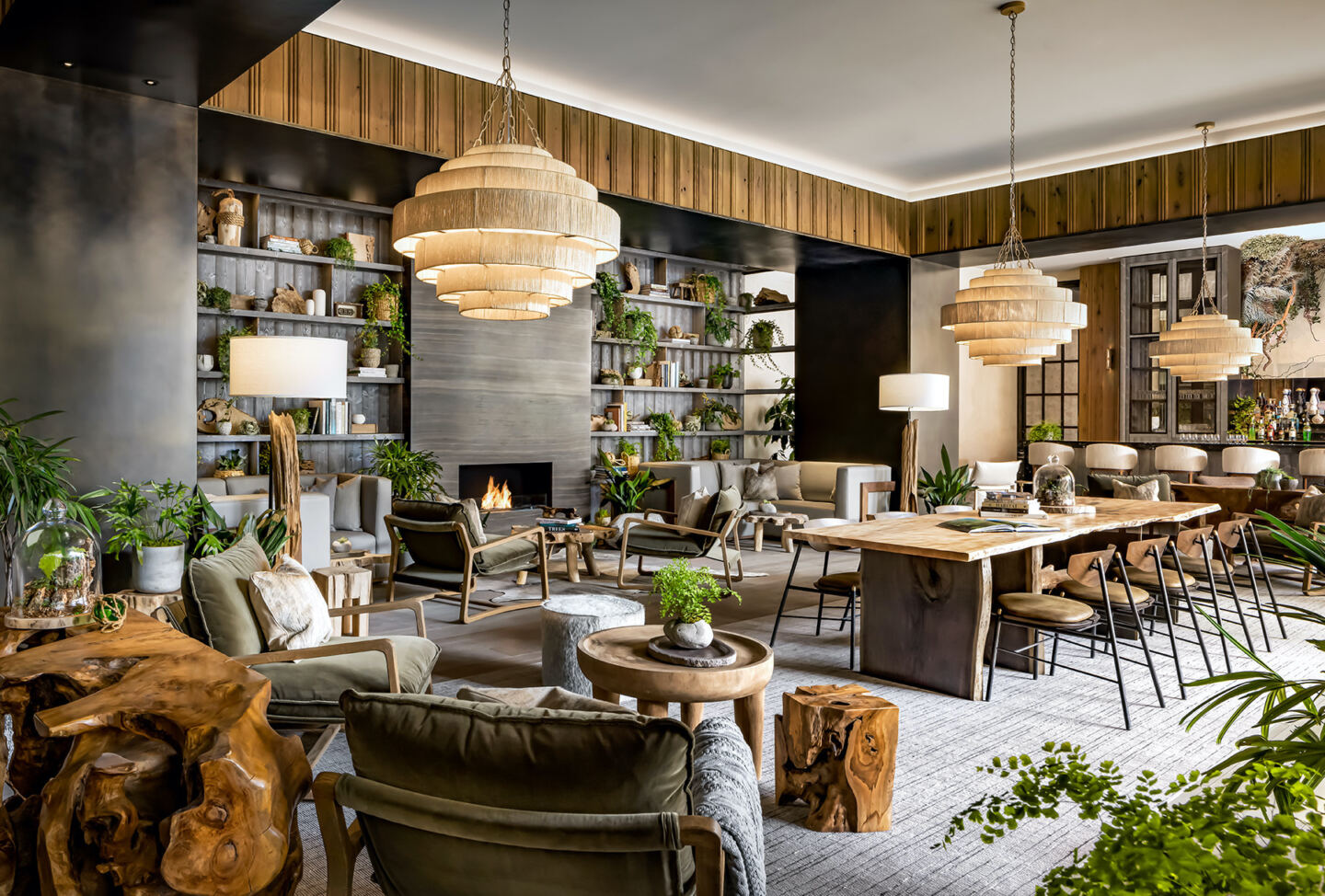
1 Hotel Toronto. Photography by Brandon Barre
I had no idea just how important texture was to me in terms of interior design psychology. It wasn’t until a book publisher approached me to write a book on texture that I actually gave it any thought. It was at that point that I figured out that texture was what led to my deep interest in biophilic design. If a room ever feels like it’s missing something, chances are, it’s texture. A space filled with smooth, hard, uniform surfaces can feel cold, sterile and uninviting, whereas layering materials or choosing tactile materials adds warmth, depth, and a sense of character. Using texture in interiors can bring your home to life.
Soft furnishings—like linen curtains, wool throws, or velvet cushions—bring an inviting, tactile quality that makes a home feel lived-in and welcoming. Natural biophilic materials such as wood, rattan, and stone will ground a space, creating a sense of harmony and connection to nature. Even something as simple as a woven rug underfoot or a table with a living edge can completely change the way a room feels, making it more tactile and engaging.
Interior Design Psychology and Space Planning
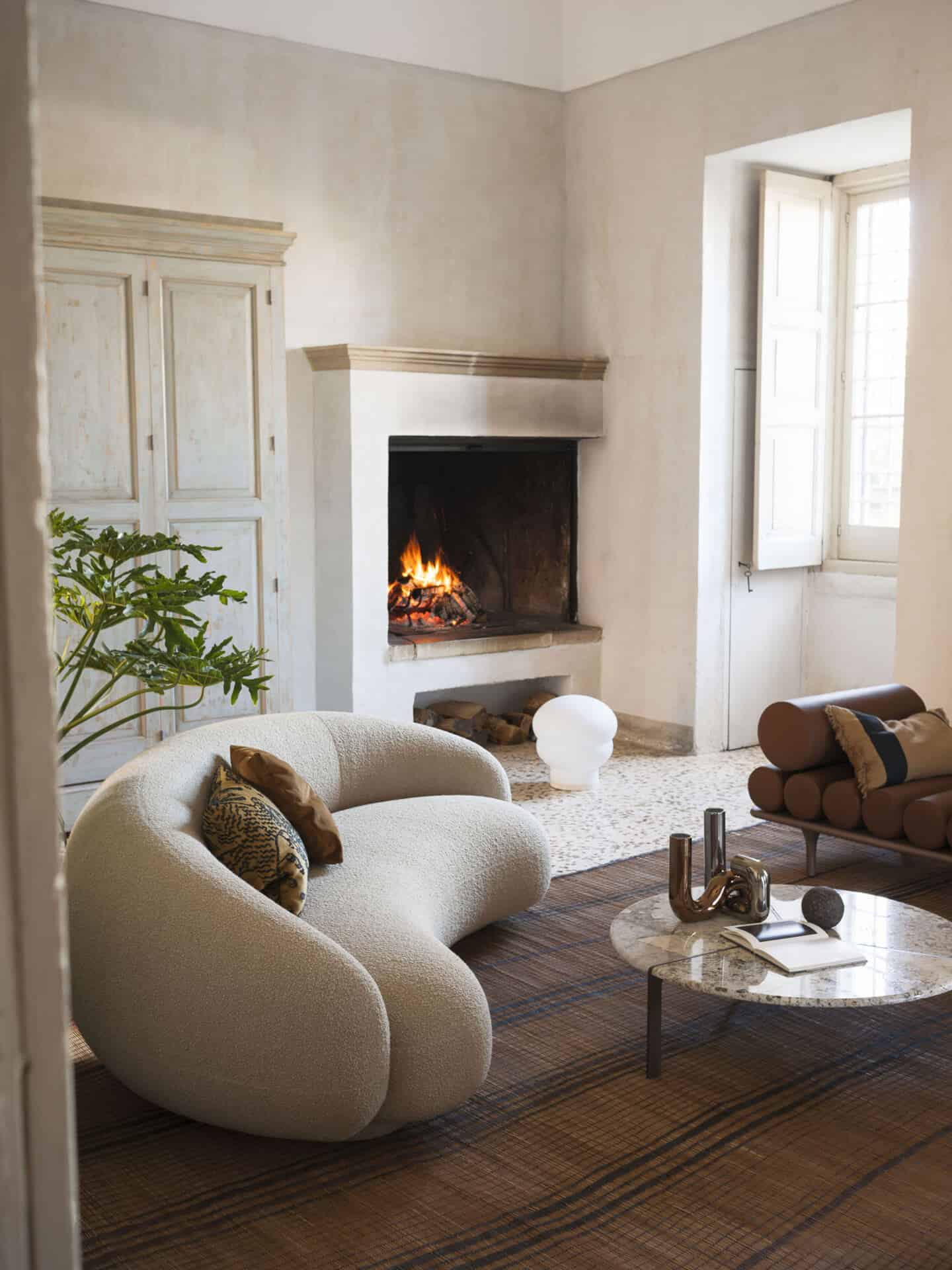
House Of Dome Julep Large 3 Seater Sofa
A room’s layout isn’t just about where furniture is placed. It’s about how we move through and use the space. Poor flow often occurs when a room feels disconnected, cluttered, or awkward to navigate. We’ve all experienced spaces that just don’t feel right. Maybe the sofa cuts the room in half, making movement difficult. Perhaps a dining table feels too far from the kitchen, or seating is arranged in a way that discourages conversation. A well-considered layout makes movement intuitive and creates a natural rhythm in a space.
A room with optimum spatial planning will have the furniture angled toward a focal point like a fireplace or a window with a beautiful view. Soften sharp edges with curved furniture such as round coffee tables or curved sofas and chairs. In open-plan spaces, use rugs, shelving, or lighting to subtly define different areas without blocking the natural flow of movement. Small changes in furniture placement can completely alter how a space feels—without having to spend a penny.
The Emotional Impact of Light and Space
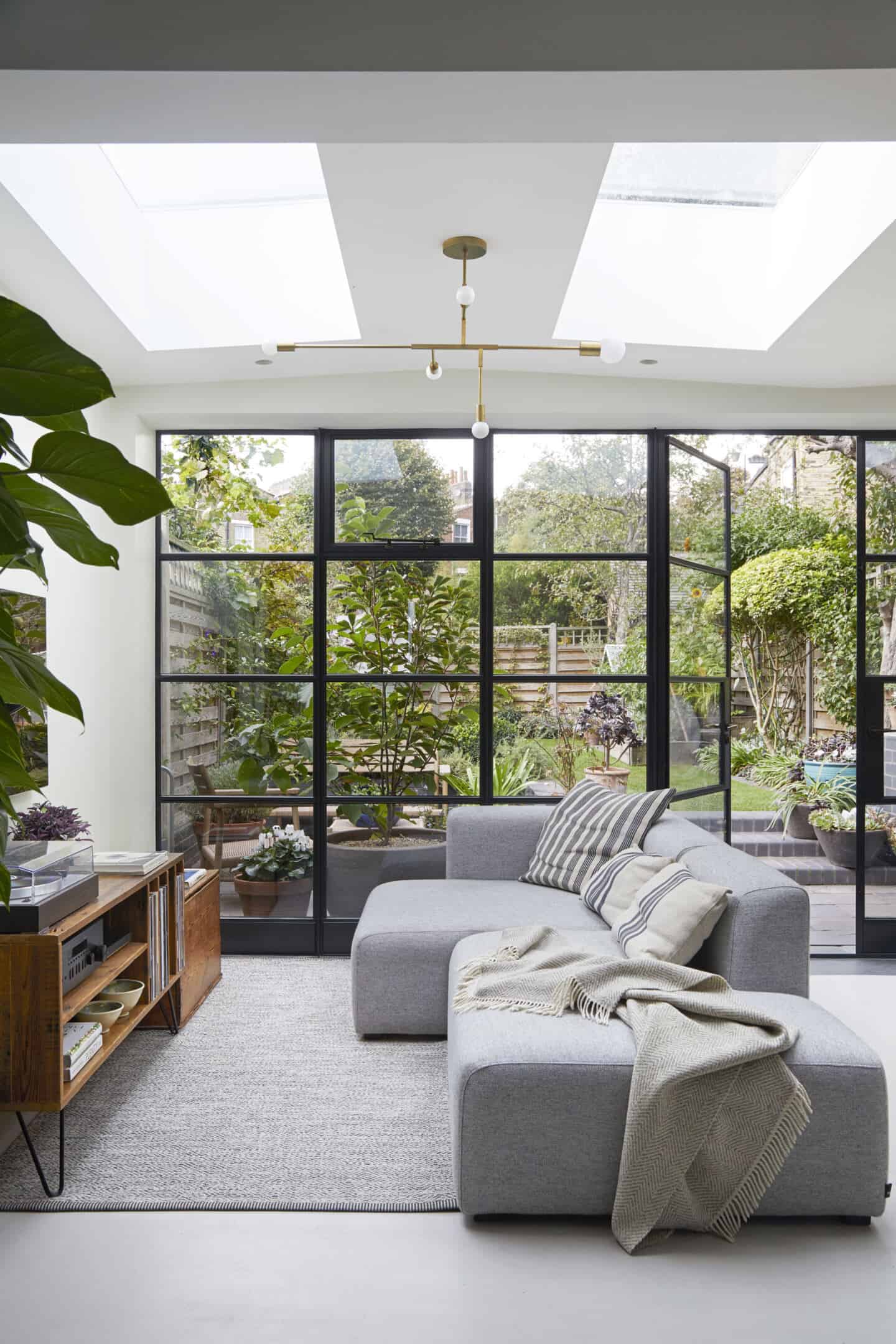
Natural light floods this extension and refurbishment of a North London terraced house by Cairn Architects | Photography by Peter Landers and Anna Stathaki
Natural light has a transformative effect on a room, changing the way we perceive colours, textures, and even the sense of space itself. Soft morning light brings a fresh, airy feel, while warm golden-hour light creates a cosier, more intimate atmosphere.
If a room lacks natural light, there are ways to enhance available light. Home windows play a crucial role in how light moves through a space, so opting for well-placed, larger, or strategically positioned windows can make a significant difference in brightness and ambiance. Well-placed mirrors can bounce light around, making even the smallest spaces feel brighter and more open. Sheer window treatments let daylight filter through without overwhelming a room. And when natural daylight is in short supply—especially in the winter—layered lighting can work wonders. A mix of ambient, task, and accent lighting creates depth and ensures that a space feels welcoming at any time of day.
Creating a Home That Feels as Good as It Looks
Ultimately, a well-designed home isn’t just about how it looks—it’s about how it makes you feel. Thoughtful choices in colour, texture, lighting, and layout can transform any space into a place that supports your mood, enhances your well-being, and brings a sense of joy into everyday life. Because the best interiors aren’t just aesthetically pleasing—they’re places that make us feel truly at home.
